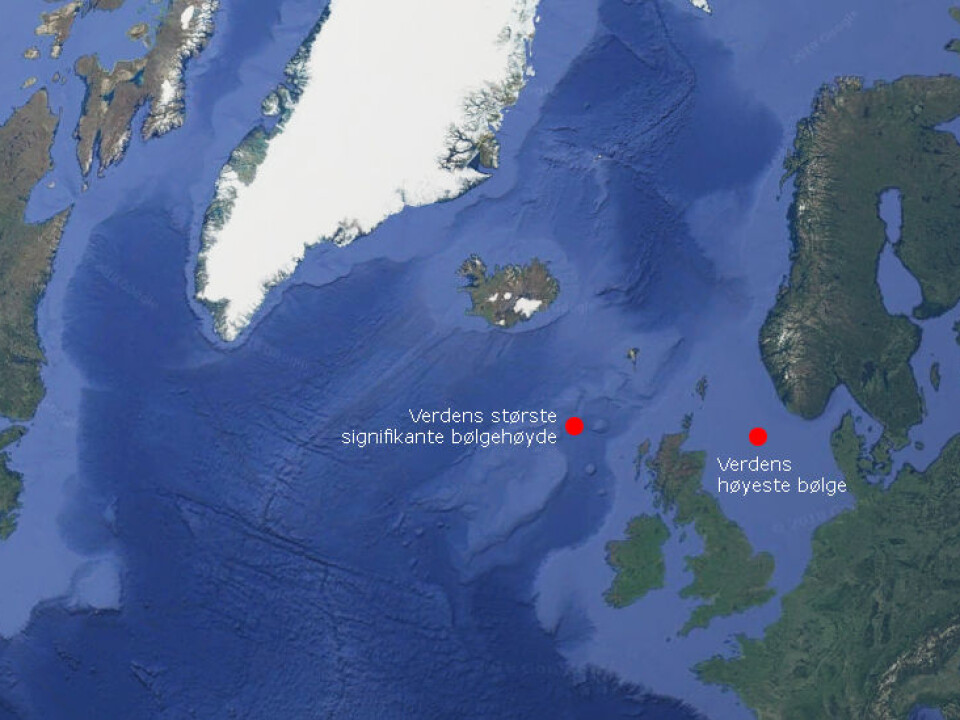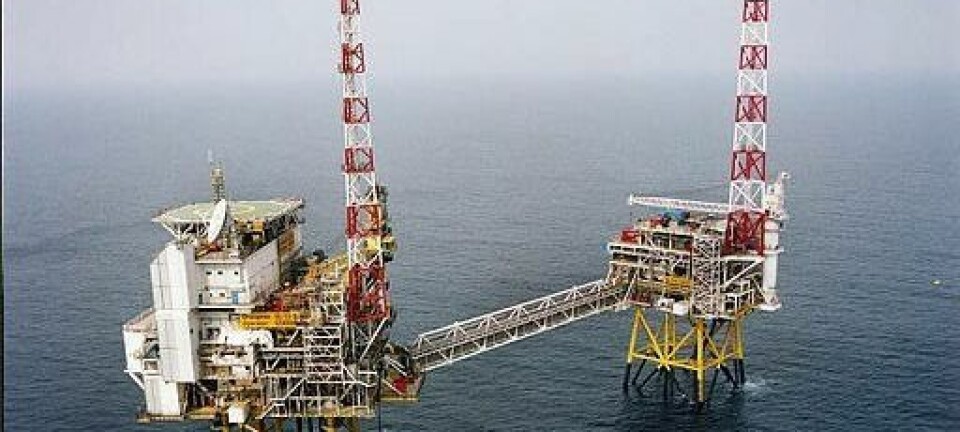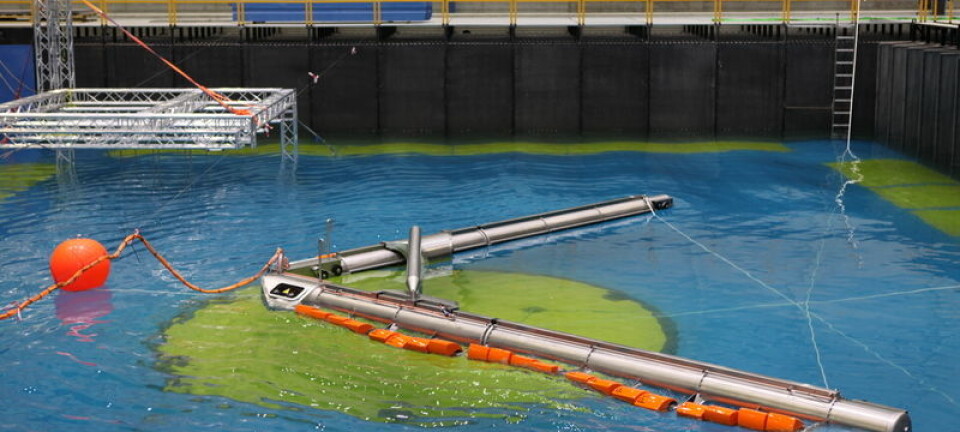
World’s highest waves form west of Norway
The world’s tallest ocean waves are generated south of Iceland. From there, these giants roll into the Norwegian and North Seas.
Norwegians don’t necessarily think of the oceans off their coastline as the wildest place in the world when it comes to big wave formation. After all, they’re used to the winds and weather that form there.
But Ole Johan Aarnes, a wave researcher at the Norwegian Meteorological Institute in Bergen, says the absolute highest waves in the world are thought to be formed in the Atlantic Ocean, south of Iceland.
“These are the waves that then come to the Norwegian Sea and the North Sea,” he says.
The wind creates the waves
Strong winds are an important component in generating big waves.

“The stronger the wind, the higher the waves,” Aarnes says. “If the wind is allowed to work on the sea for a long time and over a long fetch, the waves will be big.”
Low-pressure systems always blow in from the west to Norway, and are often amplified as they cross the North Atlantic.
“This, combined with large temperature differences between different ocean currents and large areas like Greenland, makes the winds stronger and the waves extra large,” Aarnes said.
Measuring wave height
When researchers measure wave height, they distinguish between two different things - "significant wave height" and the height of a single wave.
Wave height is measured as the distance from the top of a wave to the bottom before the next.
Significant wave height is the average of the height of the 33 per cent highest waves over a period of 20 minutes.
The size of the highest single waves can be twice the significant wave height. If the significant wave height is measured at five metres, the individual waves included in the measurement can be up to ten metres high.
Big wave hotspot south of Iceland
"There have probably been a number of times when the significant wave height in the ocean south of Iceland has topped 20 metres over the last hundred years," Aarnes said.
"When these waves roll on to the Norwegian Sea, they get a little smaller. But they can still be huge waves with a significant wave height of up to 17 metres, he said.
The official world record for significant wave height was measured by a flood buoy in the sea north of Scotland 4 February 2013.
The record is 19 metres.
Platform in the North Sea measured the world's highest
The North Sea is partially sheltered by the United Kingdom. Here, wave researchers believe that the significant wave height could be 14-15 metres.
Single waves in the North Sea can consequently be twice this height.
So it should come as no surprise that the highest single wave ever measured in the world by a fixed installation hit the unmanned Norwegian Drauper platforms in the North Sea on January 1, 1995.
That wave was measured at 25.6 metres by Statoil.
A short movie clip on YouTube shows a reconstruction of the giant wave that hit Draupner. The video is from a BBC documentary but has a German narrator. It's been watched more than 400,000 times.
Platforms in the North Sea
Johannes Röhrs also studies waves at the Norwegian Meteorological Institute in Oslo.
"There are possibly waves in the Pacific Ocean outside Japan that are as big or bigger than waves in the Norwegian Sea. But these waves are never measured. So the world record goes to the sea here off Norway,” Röhrs said.
He says that North Sea oil and gas installations have made it much easier to study big waves. Installations that are anchored in the seabed are a prerequisite for being able to tell for sure how high a wave is.
Monster Waves
Extreme waves - or monster waves — are now getting more and more attention. Wave researchers call these gigantic waves “freak waves”.
They can be very dangerous for shipping and for other marine activities.
Researchers define a freak wave as a wave that is at least 2.2 times higher than the significant wave height. It’s a single wave that is not just large, but abnormally large.
Freak waves hard to predict
"There are several theories as to how freak waves are formed," says Aarnes at the Meteorological Institute in Bergen. "But it is very difficult for us to warn people that they are coming.”
It’s known that high waves can be formed when several waves meet. Another theory is that a single wave ‘steals’ the energy from several other waves. Also, ocean currents and ocean conditions can help create freak waves.
Wave scientists and mathematicians use supercomputers to figure out how this happens. But there is simply a lot of randomness that goes into creating a freak wave.
Want to read more about big wave formation? Read an article written by wave researcher Johannes Röhrs at the Norwegian Meteorological Institute in Oslo.
-------------------------------------
Read the Norwegian version of this article at forskning.no.
Scientific links
- Ole Johan Aarnes et al.: “Projected changes in significant wave height toward the end of the 21st century: Northeast Atlantic”, Journal of Geophysical Research, 2017.
- Ole Johann Aarnes et al.:“Wave Extremes in the Northeast Atlantic”, of Climate, 2012.
- Johannes Röhrs et al.: “Observation-based evaluation of surface wave effects on currents and trajectory forecasts», Ocean Dynamics, 2012.

































